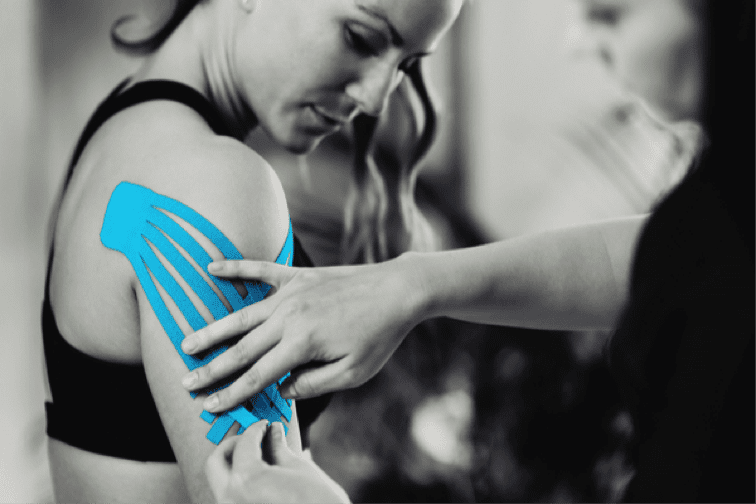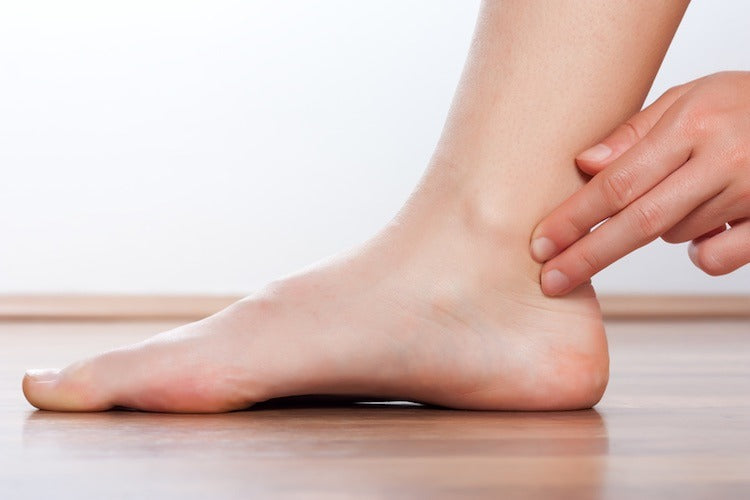
The world of care does not stop at the individual self.
Our home and companions also compose a critical component of our mental health. Now taking care of our loved ones includes our pets. Our furry/feathered and scally companions all take up essential roles in our lives and can get injured.
When these unfortunate circumstances occur, it is essential to know what are the best steps to take care of them in their time of need. It is always important to know how to choose bandage wraps for pets.
It is essential to note this article will address the best bandage wraps for household pets, as farm animals require special care.
This includes equine care; horses usually wear wraps around their hives to protect horses that compete in jumping events to mitigate the effects of hitting their legs against the bars and helping them land after a leap. Cows and other bovines like ox usually require hoof care, and most bandaging will occur there as they tend to injure their hooves when stepping on stones, which become embedded.
These injuries are attended to by having hooves trimmed, which can significantly relieve the cow's discomfort.
The article will focus on common household pets. These bandages will usually be used to address cuts and scrapes. There are several instances when wrapping to address sprains or muscle injuries is used, but mainly the bandages are used to immobilize the joint to see it heal faster.
How & Why?
Since furry companions tend to scratch wrappings and dressings, it is essential to look for non-stick bandages. These wraps won't stick to the pet's fur and avoid irritation. But if non-stick bandages are unavailable, regular wraps with adhesive tape to hold them in place will also work.
Pets tend to lick their wounds, and over-licking can open up the injury leading to irritation and infection. One of the advantages of dressing a wound for our four-legged friends is that it protects them from themselves.
Your pet's injuries might require additional protection, like applying a cone to prevent them from reaching their wounds.
Pet owners find that most lacerations or injuries come from encounters with other dogs and cats. If your pet is bleeding after an unfortunate encounter, it is essential to try to stop the bleeding by using direct pressure on the wound with an absorbent dressing.
A gauze or similar dry cloth is placed over the wound and pressed against the wound firmly. Then cover the gauze with tape to help keep it in place. Once everything is in place, transport your pet to your veterinarian to receive stitching or the proper medical care that is necessary.
Quick Guide: What is the Goal of Bandaging
- Stop the bleeding (limit hemorrhaging)
- Immobilize the area (so the injury does not become worsened)
- Prevent infection and help keep the area dry
- Soak up any excess fluids
- Help with the application of any ointments or oils.
The person applying the bandages should keep these tips in mind to help properly apply the wraps. Bandages should be used in layers to pad the area. Before applying the wraps comfortably on the pet, apply for the medicine if approved by the veterinarian. It is essential to avoid excess pressure in order to avoid pulling any newly formed tissue as the wound heals.
In the event a wet bandage needs to be applied, the bandaging process should be considered in this order. Wet bandage to a dry bandage, then a dry bandage to another dry bandage. This will help keep the bandages in place.
Options
Dressing and bandages come in all shapes, and it is essential to know what they contain within the fabric to best dress. While the number of options can sometimes feel overwhelming, each dressing may include some of the following ingredients and what they are used for.
Hydrocolloid Dressing: these are tight nit and are impenetrable to outside bacteria. They can be used for both wet and dry uses. The dressing usually does not stick well to the skin of most animals, so an additional dry bandage can help keep it in place.
Hydrogel Dressing: These hold fluids and can be used to treat wounds that are dried out and even in a necrotic state.
Hydrofoam dressing: made from silicone or polyurethane; some may even contain nanocrystalline silver. Because of the composition of the foam, the wraps can dry the skin.
Alginate Dressing: These contain calcium and usually come combined with silver or honey. These are great since they do not stick firmly to the skin and are offered little resistance when pulling them off.
Antimicrobial dressing: these are available in different shapes and lengths (not only rolls of tape). These strips usually contain metallic nanoparticles, honey, and other slaves for medical treatment. These dressings primarily treat injuries that refuse to heal or are suspected of bacterial contamination that seem to slow down healing. These dressing should be used for as long as two weeks and then re-applied.
Note: If there is no notable improvement while using these bandages, it should be brought to the veterinarian's attention.
Always check the packaging when purchasing these bandages to ensure which ones are best for your pet. If there is any doubt, consult with your pet's veterinarian about which bandage is best to have on hand in an emergency.
Under Pressure
The first indication of what to use is to determine what type of wound you will address. Rolled gauze, an elastic bandage, or self-adhesive tape can be used to hold gauze pads on one spot or even help immobilize a paw or a limb. There are tapes that can be cut to stips and used to address the torso or the neck.
While humans can use self-adhesive wraps, they are not usually recommended for our fur-covered companions. These are very hard to remove and can limit the usefulness of the applied gauze. If the person wants to use a roll of adhesive tape, consider using it for the last layer of the padding. The main idea is to use the adhesive tape as a placeholder for the two layers underneath.
So use the gauze with any tape options to hold medicated pads in place when addressing lacerations or minor cuts. When using tape for broken bones or sprained legs, the dogs can be helped by holding the injury in place. Then taken to receive treatment.
Quick Guide to Bandage Use:
- What type of injury is it?
- If it's bleeding, apply pressure with gauze and dress the wound.
- Use the tape to keep the broken bone immobile if it is a break.
- Bring your pet for medical attention.
Cleaning & Preparing for Bandaging
Firstly, the best bandages should be nontoxic for apparent reasons. Generally, the point of dressing a wound is to help it heal and not cause the situation to get worse.
Secondly, the dressing should be used to protect the wound from outside dangers and our furry friends' inquisitive teeth.
Thirdly, the dressing should keep the injury clean and moist. The fourth proper dressing should be cost-effective for the owner.
There is a need for a homemade medical kit so pet owners can access the materials they need to ensure they can adequately care for treating their pet's injuries. Scissors, razors, and electric clippers are great for removing fur from around the wound.
Water-based lubricant can be used to decrease the contamination around the wound. Warm water to wash the wound. Clean towels and paper cloth towels to dry the wound. Antiseptic solution and antimicrobial ointment.
Depending on the size of the pet, it might be easier to treat it on a table if the pet is small (cat or small dog breed). If a muzzle is necessary, gently place the protective deceit around the mouth of the pet. Calm the pet before using hair clippers or razors to remove hair. Be careful during this step to avoid knicking or cutting your pet.
Follow up by spreading the water-based lubricant around the area and keeping hair in place to avoid it from falling into the open wound. Gently wipe away the lubricant with a clean cloth or paper towel. Wash the area with warm water until the debris is gone, then pat dry with a dry cloth or paper towel.
Apply the antibacterial ointment around the wound, and avoid products that contain corticosteroids. Finally, prevent your furry friend from licking or removing the ointment for at least fifteen minutes. Once the cleaning process has finished, dress the wound and clean the wound at least three times a day. If, after a week, no improvement is noted, contact the pet's veterinarian.



